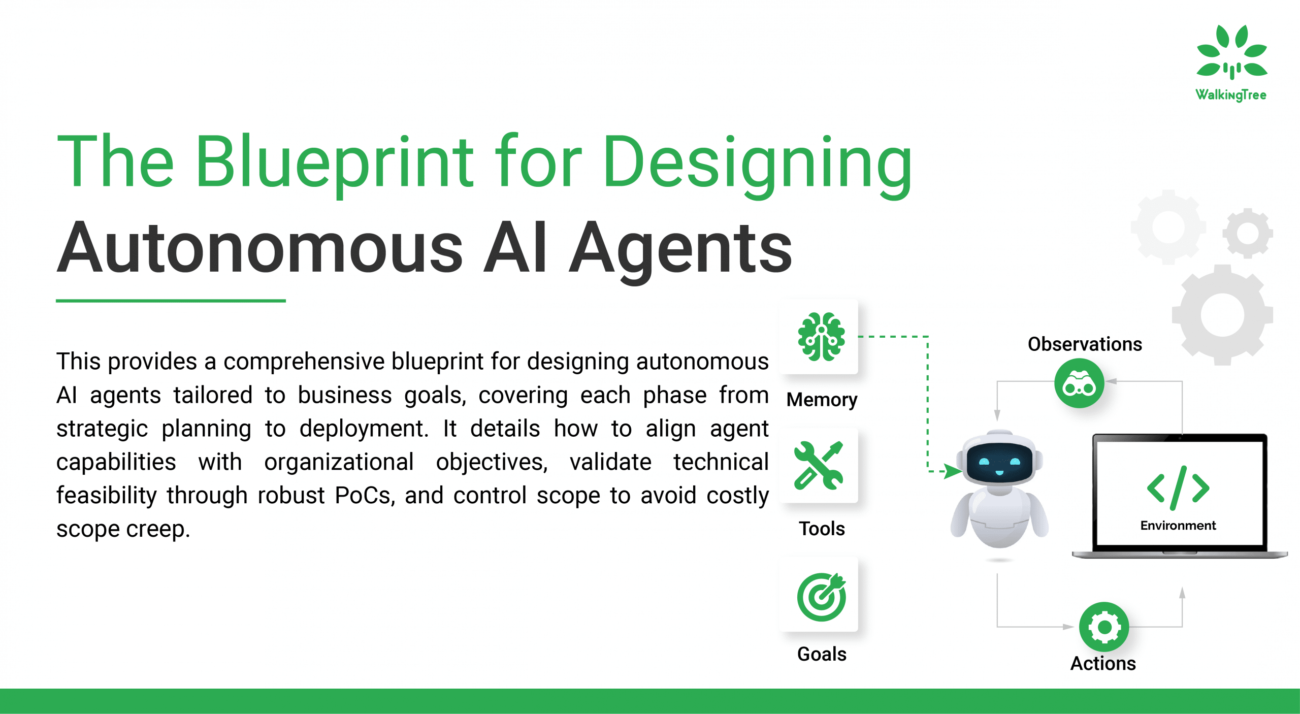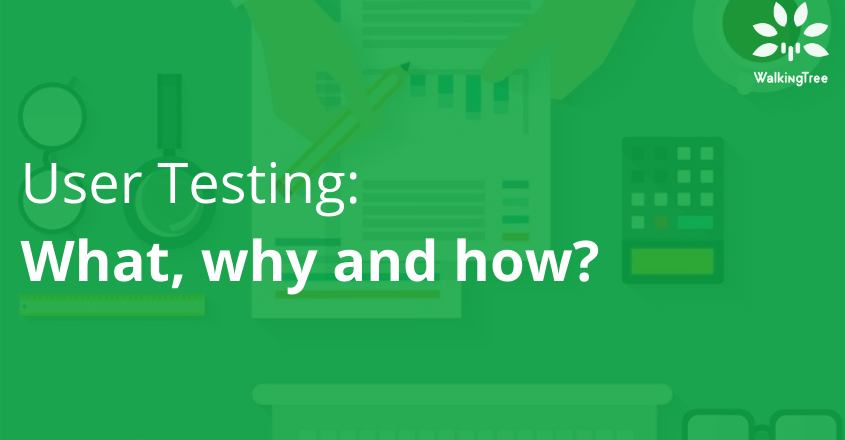Successfully Funneling User Feedback into Problem Statements


Organizations today have a plethora of technologies to use. These technologies have helped them improve their services by a large extent. However, customer demands keep changing and when these demands aren’t met, you will hear about them in various ways. To meet these demands we write problem statements by identifying and cataloging services that need improvement.
Now the idea of writing a problem statement, as I have found over the years, is not an effortless task. People write problem statements to identify, define, and address a problem. The “define” step is where the problem statement fits in best. If you can’t define the problem accurately, then it tends to do more harm than good. That said, if you don’t identify the problem, you can’t define it.
One way you can identify a problem is through user feedback. Naturally, any information you receive from users is valuable, and so considering it is vital. However, user feedback means getting said feedback from multiple resources, which poses challenges.
Here is a problem, there is a problem, everywhere a problem!
You receive user feedback from multiple sources, and it is generally unorganized – which makes things worse. Importantly, this feedback comes with demands that each team at work will need to meet. So now, you deal with a difficult situation. On one side, you try to make sense out of all the information you have with you. On the other side, your colleagues are breathing down your neck to address their specific problem!
All this chaos and what you are left with is a mediocre problem statement at best – one influenced by sentiment and bias – To that we say – no! We shan’t stoop down to mediocrity! So, the question then is, how can you effectively funnel user feedback into your problem statement?
The Process
The best way to envision user feedback is by thinking about the feedback as passing through a funnel. Now, if you’re picturing a funnel in your mind’s eye, you will notice that irrespective of the number of sources you get feedback from, they all converge at a single point.
The answer to nailing the perfect problem statement rests in how we categorize a user feedback’s journey through that funnel. I have found these 4 steps helpful, hopefully, you will too.
1.Collection
As discussed earlier, user feedback can come from various sources. The task, therefore, is to find an effective means to collect the feedback. Further, for collection to be successful, you will need to identify your sources of feedback.
Once identified, you could categorize the feedback into different sections to help organize the data. With this list at hand, you will need to set aside time on your calendar each week to keep tabs on the feedback.
Capturing the feedback would ideally depend on its source, as such, you will need to find effective ways to get this done. One way you can capture feedback from user reviews is through screenshots. If you’re receiving feedback from an interview, you can try using sticky notes. If feedback is coming through colleagues, you can schedule weekly meetings with them to keep tabs or ask them to draft emails. Whatever your method, just be sure it works for you.
2. Filter
Not all feedback is valuable and based on the volume of feedback that you collect, finding that ‘diamond in the rough’ gets difficult. Thus, going back to our funnel example, we must filter the feedback. So, what can you keep in mind when you start your filtering process?
- Unique: Feedback must be unique to its source. So, one piece of feedback must come from one source as opposed to multiple sources
- Varied: Users can give the same feedback across multiple platforms. Make sure the feedback you receive isn’t repetitive but diverse.
- Unbiased: Colleagues can influence feedback – you must avoid this bias at all costs as it could affect the way you write the problem statement.
Understandable: Feedback must be understood even when it is out of context. This can only happen when you phrase the feedback well.

3. Grouping
If you’ve done the filtering bit right, you are ready to start grouping. The idea here is to gather similar themes of feedback. What I mean is that you need to group feedback coming in for a particular product or process. Once you’ve identified a particular theme, you can give it a description. This description is not your problem statement.
Doing this will help you identify which areas of the product or process need immediate action and which can take a temporary back seat. Also, there may be feedback that doesn’t fit into any group; you don’t have to delete it. You can place such types of feedback into a miscellaneous group. Once you have more clarity on these types of feedback, you can slot them into specific groups.
Now for the last step.
4. Alignment
There are three basic types of problem statements namely, Business Problems, Design Problems, and User Problems. The concept of alignment implies that since you’ve spent so much time collecting, filtering, and grouping, user feedback, any kind of problem statement becomes effective when you first address the user problem.
So, before you can write any problem statement, its particular user problem should be written. This gives your problem statement much-needed context, and this is how our funnel ends.
We’re Not Done Just Yet
Addressing a user problem is important, however, once you’ve identified and written a user problem, you have to mention its corresponding business problem. This is because a user problem only addresses one side of the coin.
For example, a user problem can only highlight issues in the signup funnel, because that is what the user sees. However, you also seem to have issues with retention – which is a business problem. In this case, simply addressing the user’s problem with signup won’t solve the entire issue.
Hence, it is important to analyze each user problem with a corresponding business problem. That way you can address critical issues to both the product and the process.
With that, we come to the end of our journey down the funnel. We successfully collected, filtered, grouped, and aligned our user problems. We analyzed our user problems with their corresponding business problems.
This process may have taken time and effort, but what we’re left with now is valuable information ready for you to turn into a problem statement; one without bias or sentiment. To that, we say – yes! Excellence is what we strive for!
The Final Takeaway
Feedback can come from various sources. Here’s how you can successfully funnel this feedback into your problem statements:
- Collection – Identify your sources of feedback, categorize them into different sections.
- Filter – Filter your feedback to ensure what your left with is unique, diverse, unbiased, and understandable.
- Grouping – Once filtered, make groups of the feedback you receive. Each group must have a specific theme. Thus feedback you receive in the future can be slotted into the respective group.
- Alignment – Ensure your problem statement begins with a respective user problem. This will give the needed context to make your problem statement understandable.
I hope following these steps will help you create better problem statements and help with your organization’s overall success.





